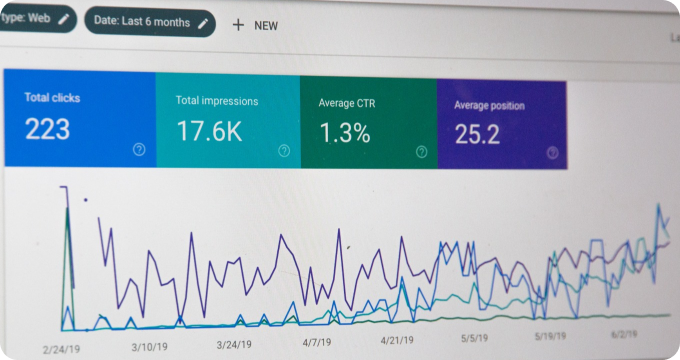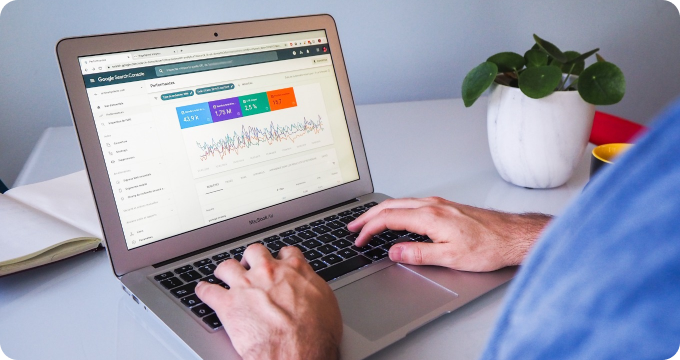How to Budget Effectively for Demand Forecasting Software
- November 10, 2023
- 2 minutes
The labyrinthine world of demand forecasting software can often pose a conundrum for those tasked with planning and budgeting. This robust tool, utilized for predicting future demand for a product or service, is a sine qua non in today's volatile business environment. Nevertheless, effective budgeting for such a mammoth undertaking requires a well-thought-out strategy. This article aims to shed light on this process, delineating a step-by-step approach.
At the outset, it is essential to consider the "raison d'être" of the demand forecasting software. By anticipating future demand, businesses can efficiently manage inventory, improve cash flow, and enhance customer satisfaction. This predictive prowess is attributable to advanced algorithms, artificial intelligence, and machine learning capabilities, which sift through historical data, identify patterns, and generate accurate forecasts. Therefore, the relevance and indispensability of demand forecasting software in modern business operations are indisputable.
The first step towards effective budgeting for demand forecasting software is to understand the needs and requirements of your organization. This process is akin to Maslow's hierarchy of needs, where you must identify and satiate basic requirements before ascending the ladder to more sophisticated demands. A small enterprise with relatively simple operations might only require basic forecasting tools. However, a multinational conglomerate with a diversified portfolio may require a more advanced system capable of handling complex data sets and providing nuanced insights.
Once you have a clear understanding of your needs, it is necessary to ascertain the total cost of ownership (TCO) of the software. TCO isn't merely the purchase price of the software but a comprehensive calculation that includes costs associated with implementation, training, maintenance, upgrades, and support. This consideration is rooted in the principles of cost accounting, recognizing that the initial outlay is only a fraction of the total cost.
The next step is to conduct a cost-benefit analysis, a fundamental concept in economics, to determine whether the potential benefits outweigh the costs. Benefits could include increased sales from improved inventory management, reduced holding costs, enhanced customer satisfaction leading to repeat business, and so on. Be aware that some benefits are intangible and may not directly translate into monetary terms.
Another crucial aspect is studying the market to understand the offerings of different vendors and the pricing models they employ. Some vendors provide a subscription-based model, while others offer a perpetual license model. The former entails paying an ongoing fee for using the software, while the latter involves a substantial upfront payment for perpetual use of the software. The choice between these models is contingent on your organization's financial health, cash flow situation, and long-term planning.
It is equally important to factor in potential future needs. The pace of technological advancements is relentless, rendering today's cutting-edge software obsolete tomorrow. Therefore, it might be prudent to invest in a scalable solution that can adapt to future needs. This forward-thinking approach is inspired by Keynesian economics, which encourages investment in the face of uncertainty to stimulate growth.
Finally, one must appreciate that demand forecasting software is a long-term investment. The returns may not be immediate and could take some time to materialize. This understanding echoes the law of effect in psychology, which posits that behaviors followed by satisfying outcomes are likely to be repeated. Thus, patience and perseverance are essential during the initial stages of implementing the software.
In conclusion, budgeting for demand forecasting software is not a task to be taken lightly. It requires a comprehensive understanding of your organization's needs, an in-depth analysis of costs and benefits, a thorough market study, careful consideration of future needs, and a healthy dose of patience and perseverance. With careful planning and execution, this formidable tool can serve as a game-changer for your business, propelling you towards success in the volatile and unpredictable business environment of the 21st century.
Learn More
Unleash the power of prediction and stay ahead of the curve by diving deeper into our enlightening blog posts on demand forecasting software. For an unbiased, comprehensive view, they are encouraged to explore our meticulously curated rankings of the Best Demand Forecasting Software.
Popular Posts
-
 7 Compelling Reasons Why Your Business Needs Demand Forecasting Software
7 Compelling Reasons Why Your Business Needs Demand Forecasting Software
-
 The Future of Demand Forecasting Software: Predictions and Emerging Trends
The Future of Demand Forecasting Software: Predictions and Emerging Trends
-
 Ask These Questions to a Demand Forecasting Software Provider to Choose the Right Solution for Your Business
Ask These Questions to a Demand Forecasting Software Provider to Choose the Right Solution for Your Business
-
 How to Hire the Right Demand Forecasting Software for Your Business
How to Hire the Right Demand Forecasting Software for Your Business
-
 7 Things I Wish I'd Known About Demand Forecasting Software Before Implementing One
7 Things I Wish I'd Known About Demand Forecasting Software Before Implementing One






